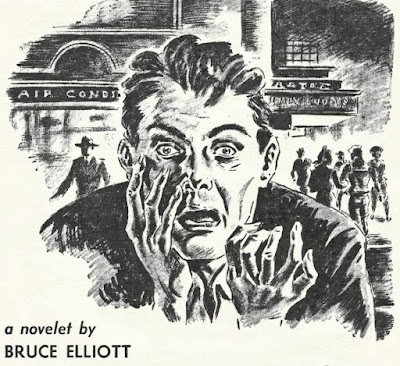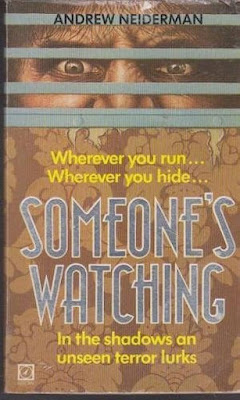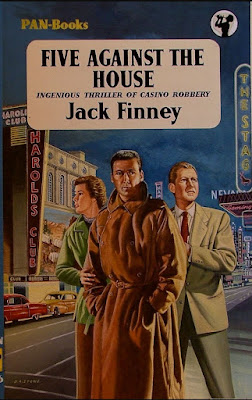If you enjoy the vicious nature of the Piccadilly Cowboys of the 1970s, including their savage titles like Edge, Adam Steele, and Apache, then Coffin is a darn-near must-read title from that same era. The character's first appearance proves to be a true origin tale called “Death Wish”, which features 12 gruesome pages of western storytelling with an obvious horror overtone (obligatory for Eerie).
In this story, readers are introduced to Coffin, an unnamed protagonist traveling by stagecoach through the Arizona desert in 1889. In flashbacks, Coffin is a smiling polished sales representative for Sharps Rifles, with his contract being the U.S. Army. Abruptly, the stagecoach is attacked by what appears to be Native American warriors on horseback. The drivers are both killed and the coach tips over, spilling Coffin onto the hot sand. Grabbing his belongings, including a rifle, Coffin scurries to safety. From the nearby rocks and foliage, Coffin sees the other travelers, all women, savagely murdered by the warriors.
Coffin, an average guy thrust into a nightmarish scenario, mistakenly takes the path of vengeance. He tracks through the desert and finds a tribe of Native Americans. From several yards away, Coffin shoots the men with his rifle. Before disposing of the whole tribe, Coffin is ambushed by a trio of braves and is brutally beaten. But, beyond the physical abuse, Coffin is cursed by the tribe. His curse is that he can never die. He can experience horrific pain – being shot, burned, skinned, and tortured beyond recognition - but he can never die. The tribe placed this curse on him because...get this...Coffin killed the wrong tribe to avenge the death of the stagecoach travelers! Further, on the last pages of the story, readers learn the real identify of the men who attacked the coach. This surprise ending was brilliant. Coffin totally screwed up, but that's what makes the story so entertaining. He wasn't born a hero, he isn't a hero. Instead, he's an average guy who just made a mistake and it cost him dearly.
The Coffin character would re-appear in Eerie issues #67 (Aug 1975), #68 (Sep 1975), #70 (Nov 1975), #130 (Mar 1982), and #137 (Dec 1982). The concept is that Coffin will rally behind the Native American cause at a point in history when the various tribes are warring with the military and also being brutalized into accepting shitty government deals. He also becomes a lone-avenger fighting insane religious cults and other nefarious predators. The Eerie reprints are available by Dark Horse and feature the Coffin stories.























